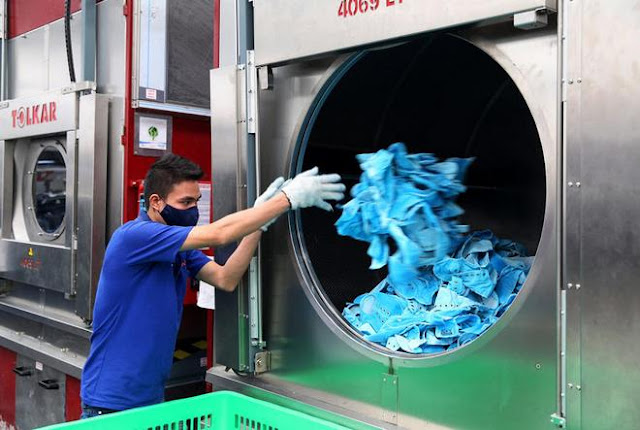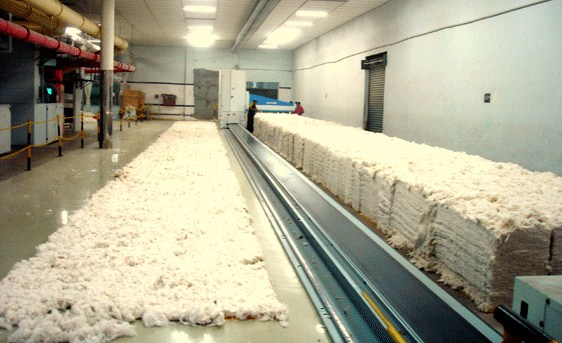##Why
water is called universal solvent?
Water is called universal
solvent, because the solvency power of water is very high & most of the
solute of this world is easily dissolved in the water.
##What
do you mean by water hardness?
Hardness is a term applied to
water denoting a measurement of its pH & metal salt content. The presence
of Ca & Mg salt i.e. Bi-Carbonates, Sulfates, Chlorides in water is called
causes of hardness of water. The water which contains these salts is called
hard water. Hard water does not easily form lather with soap as the salt of Ca
& Mg react with soap to form insoluble organic salts.
CaSO4 + 2 RCOONa → (RCOO)2Ca ↓ +
Na2SO4.
MgSO4 + 2 RCOONa →
(RCOO)2Mg ↓ + Na2SO4.
##State
different types of water hardness?
Water hardness may be
classified into following two types-
1)
TEMPORARY HARDNESS:
Temporary hardness is due to
the presence of Bi-Carbonates of Ca & Mg. this type of hardness is called
temporary hardness, because, it can be removed by easy means like boiling. When
temporary hard water is boiled, the Carbonates decompose with liberation of CO2
& precipitation of the insoluble Carbonates which are reformed.
Ca(HCO3)2 ∆→ CaCO3↓ + CO2
+ H2O Mg(HCO3)2 ∆→ MgCO3 ↓ +
CO2 + H2O
2)
PERMANENT HARDNESS:
It is due to the presence of
Sulfates, Chlorides of Ca & Mg. this type of hard water is called permanent
hardness. These salts do not decompose on boiling. So, permanent hardness cannot
be removed.
##Write
down the name of mineral metallic salts which is responsible for water
hardness?
The name of mineral metallic
salts which is responsible for water hardness-
1. Ca(OH)2;
2. Mg(HCO3)2;
3. Al(HCO3)2;
4. Fe(HCO3)2;
5. CaSO4;
6. MgSO4;
7. Al2(SO4)3;
8. FeSO4;
9. CaCl2;
10. MgCl2;
11. AlCl2;
12. FeCl2.
##Why
soap does not create foam easily with hard water? Explain with reaction?
Soap does not create foam
easily with hard water as the salt of Ca & Mg react with soap to form
insoluble organic salts.
CaSO4 + 2 RCOONa → (RCOO)2Ca ↓ +
Na2SO4.
MgSO4 + 2 RCOONa →
(RCOO)2Mg ↓ + Na2SO4.











